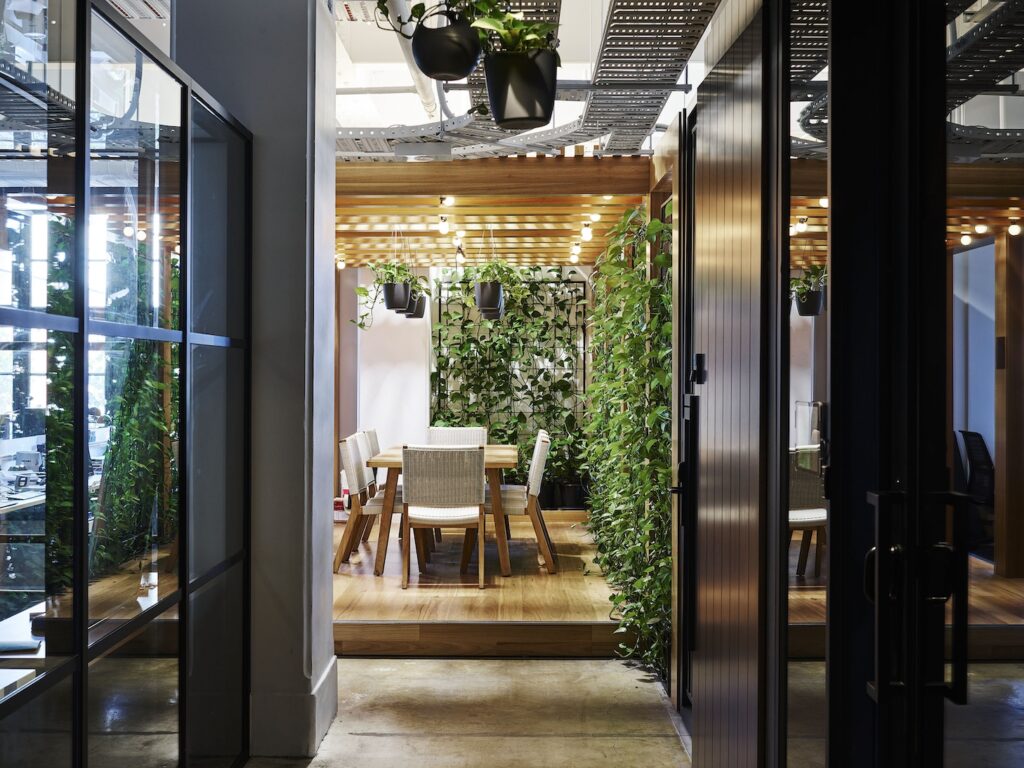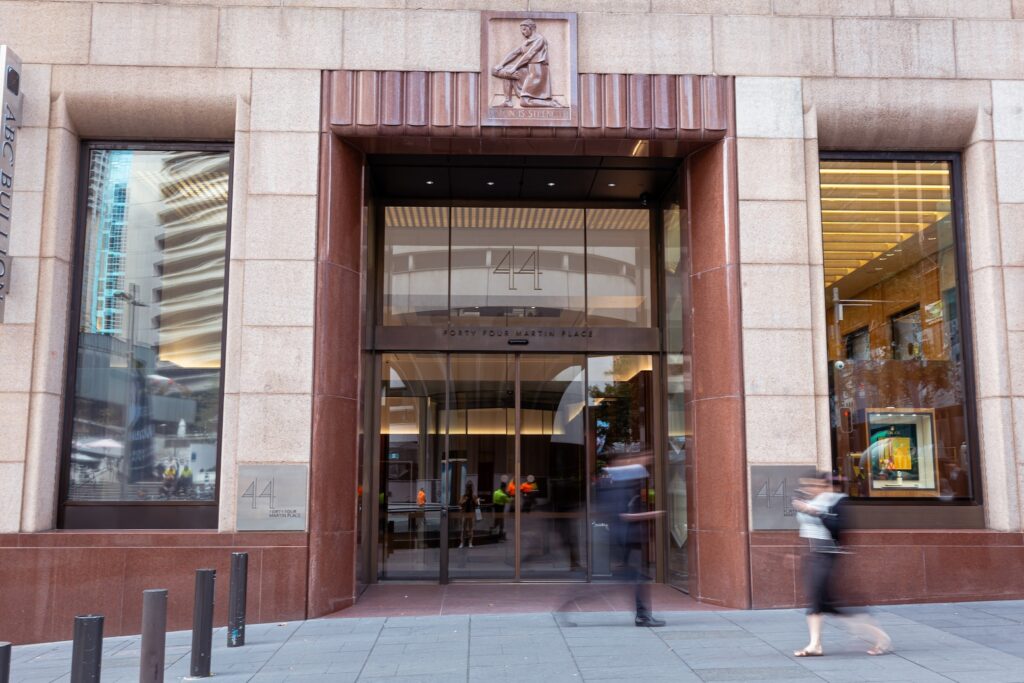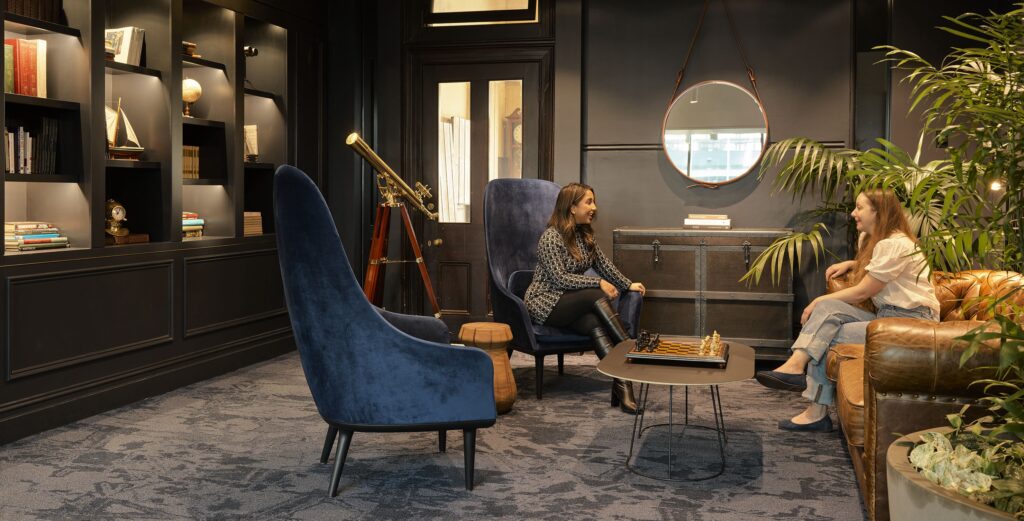An important part of running a business is understanding that you are never going to be highly-skilled in every single area, and that sometimes it’s essential to outsource skills and resources from people who specialise in them. An essential part of this outsourcing is learning how to write a creative brief that explains what you are looking for when you reach out for assistance.
Whether you’re looking for a graphic designer, web designer, photographer, copywriter, or anything similar, writing a strong and comprehensive creative brief can help you reach the ideal final product.
Read more: 5 Tips to Optimise your Marketing Automation Efforts
Why is it important to get your creative brief right?
When outsourcing, it’s important to set accurate expectations and outline the processes you’re looking for. By employing clear communication, you can aim to create a strong and positive relationship with the person you work with from the very beginning.
A comprehensive creative brief can help minimise the amount of investigation and back-and-forth required, ensuring you’re all on the same page and working to the same goal.
This assists you and your chosen specialist to save time, stress, and guessing games at the outset, and allows them to quote more accurately for your project.
Read more: How to Keep Your Company Culture While You Scale
How do I write an effective creative brief?
Answer the below questions and use them as the foundation for your brief, with the aim of pre-empting your specialist’s questions.
WHO
Who is involved?
Provide the main contact, stakeholders, and the team your chosen contractor will be working with regularly.
WHAT
What is needed as an end result?
List the project deliverables as specifically as you can – there’s no such thing as too much detail in this case, because it will help set the scope of your project, your expectations of the final results, and avoid any unexpected fees for last-minute pivots or changes.
WHERE
Where will this project be used?
Specify how and where the project will be used. Is it intended for web, print, on a bus, or a digital ad? This helps give scope too and allows your specialist to foresee the resources required, their ability to complete it, and visualise the final product.
WHY
Why are you undertaking this project?
What resource or action are you hoping will result from this? Who is your target market and what action do you want them to do to engage with this project? What value are you aiming to communicate? What problem are you aiming to solve?
All of these will also help your team and stakeholders ensure you’re on the same page before sending out your brief, and be a key asset to return to through the project journey.
HOW
How do you want this done? What processes do you want to follow?
This question, again, helps you and your stakeholders become aligned with your expectations of how the project will progress. What is is the best way to communicate and share files? Are you only able to use Google Docs? Do you hate phone calls? What processes need to be followed internally for approval?
Each form of communication will have different costs and side-effects for the project –for example, if you require on-site meetings regularly, this will need to be worked into your brief and budget.
WHEN
What timelines, milestones, and deadlines do you need to be working towards? List your hard deadline, plus all incremental deadlines and milestones that are important to you and your stakeholders.
HOW MUCH?
How much can you spend?
Do some research first – if your budget is $500, but the industry standard is $5000 for the same project, this is a sign it’s time to reevaluate your scope or talk to your stakeholders to set expectations about what can be achieved within budget.
The people you hire are being chosen for their skill, and deserve to be paid properly for their time just as you would hope for yourself.
WHAT ELSE?
Do you have anything else your chosen creative expert needs to know through this brief?
It can be useful to provide existing assets when you put together the creative brief, sharing your current imagery and guidelines, language requirements, and inspiration.
Being thorough with your assets and expectations allows people responding to your brief to be comprehensive and create the best product possible with the information given.
Read more: How to Avoid Burnout at Work and at Home
Learning how to write an effective and accurate creative brief can be a valuable and essential skill, helping you work together to create amazing final projects with highly-skilled professionals.





